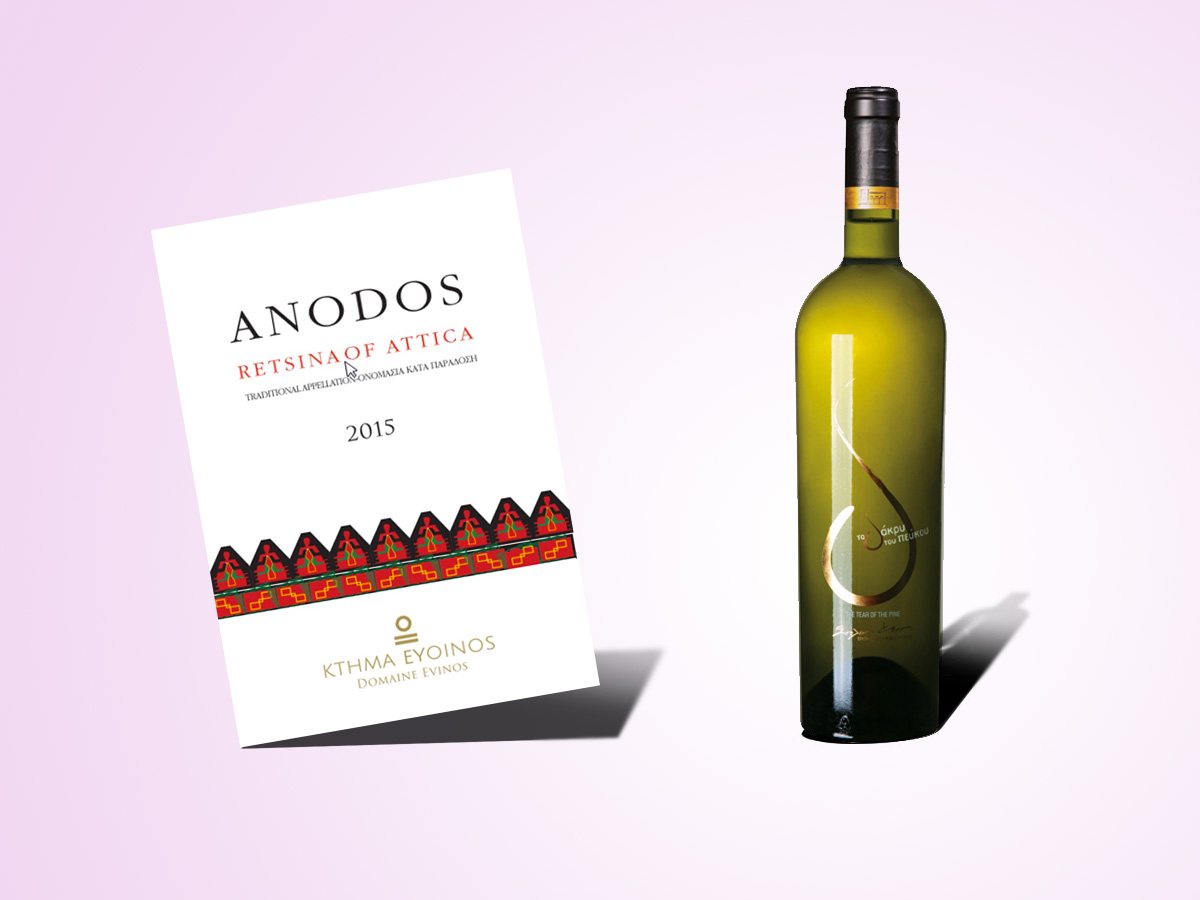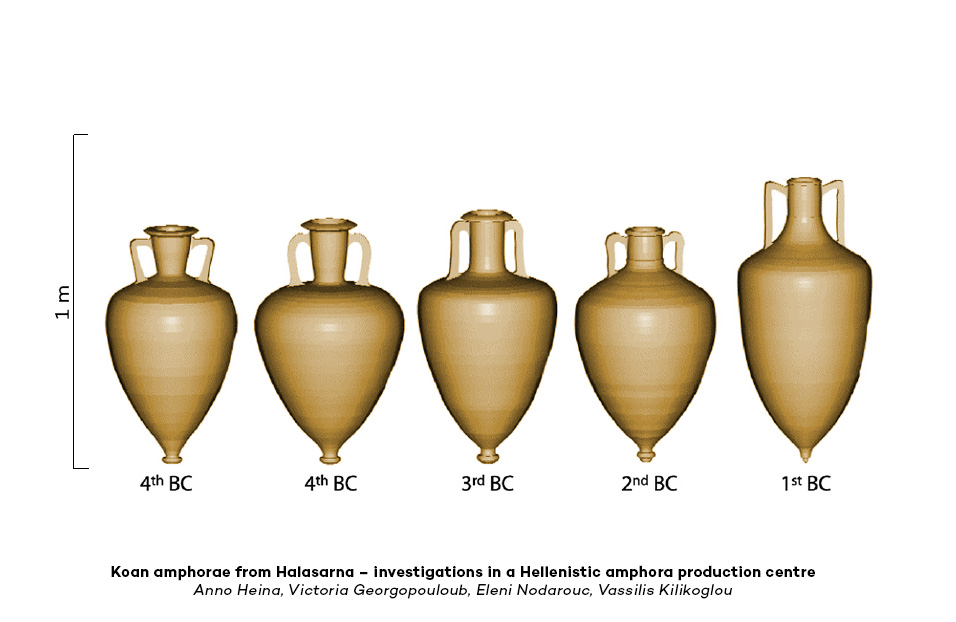Once upon a time, adding ingredients and flavorings into wine wasn’t considered to be the faux pas that it is today. In fact, in the past, additives and flavorings were absolutely essential to wine because the acted as preservatives and extended a wine’s drinkability.Take Greece for instance, where they make a wine that’s infused with sap from an Aleppo pine tree. The wine is called Retsina and it emerged from an ancient winemaking tradition that can be traced back as far back as the 2nd century BC.
Retsina’s Past as a Salty-Sweet Wine of Ancient Greece
We typically don’t think of wine as a salty drink. Certainly, there are wines with delicate, saline-like flavors, but they aren’t exactly salty. In ancient times, however, salt was likely a dominant additive used in wine. Why? At the time, sulfur dioxide wasn’t used as a preservative, which, according to Greek wine author, Stavroula Kourakou-Dragona, wasn’t used regularly until the 17th century. This means that wine was extremely perishable and salt was the primary preservative.
How Greek Wines Were Once Made
The ancient texts by Cato (234 BC – 149 BC) included a recipe for a wine called leucocoum, or “white wine of Kos.” The production process for this wine would begin approximately 70 days before grape harvest, when seawater would be collected far from the shore, on a calm day. The seawater would then be decanted twice to remove sediment in preparation for harvest. When grapes were harvested they were spread out to dry in the sun for several days. After which point, the berries were destemmed and placed in large earthenware jars that were 1/5 full of decanted seawater. The berries were tossed in with the seawater to promote absorption.
“The making of Leucocoum was a labor-intensive process and likely a fine and expensive wine of its time.”
While the seawater berry blend was macerating, a separate jar was prepared by fumigating herbs on a hot tile covered with sap. After 3 days the berries were removed from the seawater jar, crushed, and the must was transferred into the sap-fumigated jar where it would ferment over a period of 40 days. Finally, the fermentation was poured into large Coan Amphorae and blended with condensed grape must (called sapa) to sweeten the wine. The wine was then left covered outside in the sun for 4 years.
The making of Leucocoum was a labor-intensive process and likely a moderately expensive wine of its time. It was exported throughout the Roman empire.
How Did it Actually Taste?
The only reason why we have any idea how leucocoum tastes is because someone was insane enough to try to make it! In 1991, André Tchernia in the area of Nice, France attempted to recreate the wine. After the fermentation was complete, the wine had a terrible marshy smell of decay. But after two months in ceramic jars, the decay smell diminished leaving an extremely salty, delicately colored white wine, with a subtle flavor of stewed apples. The professional tasters all had an intense reaction to the wine due to the high saltiness, but the wine hadn’t decomposed, in fact, it had reached a state of stability.
Modern Retsina

Two producers who are taking Retsina seriously. Ktima Eyoinos and Kechris
Today, high salt content wines pose a serious health risk and thus, adding salt to wine is forbidden. So when you taste modern Retsina wines from Greece, they are much more delicate in flavor than they were in historic times. White wines are typically fermented with fresh pine resin, which is removed at the end of the winemaking process. During a trip to Greece, we were able to taste a few Retsina wines that showed the great potential (including one aged 7 years) including Ktima Eyoinos, Kechris and Papagiannakos.
The Taste of Retsina
Aromas of linseed oil and lime peel lead into flavors of apples and roses, a perfume that ends on a pine-and-lime, saline finish. Retsina wines made with Assyrtiko grapes tend to be more angular in their style (but age longer) whereas, Retsina wines made with Savatiano grapes have a more generous taste with ripe apple and peach flavors, as well as an oily texture on the palate.
The Grapes of Retsina
Retsina can be produced with several of Greece’s white grapes. Some of the best examples are made with Assyrtiko grapes as their base, which is what we found in the Kechris “The Tear of the Pine” wines. These wines had the structure to age over 8 years and aged wines became more round, lush and seemingly sweeter. The other popular choice, a Retsina of Spata by Ktima Eyoinos, is made with Roditis and Savatiano. By the way, Savatiano is Greece’s most planted white grape, and you can still find bush vines growing all around (and in) Athens.

